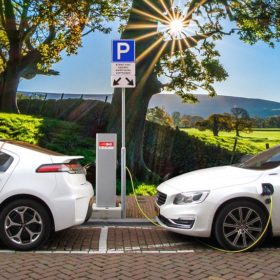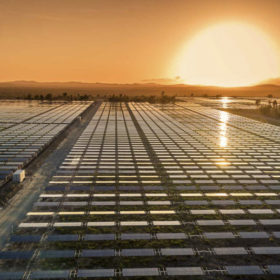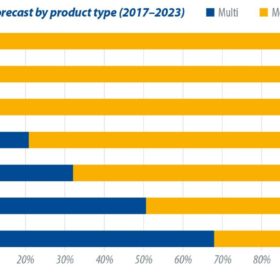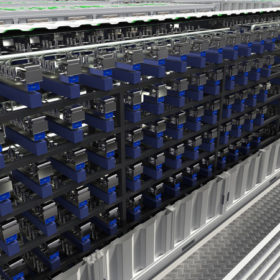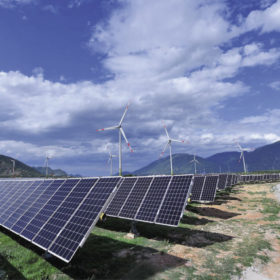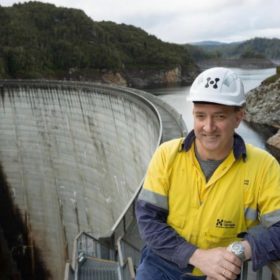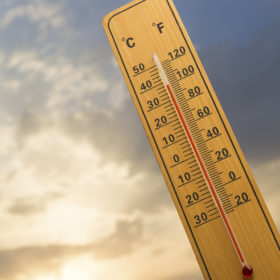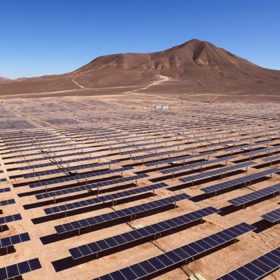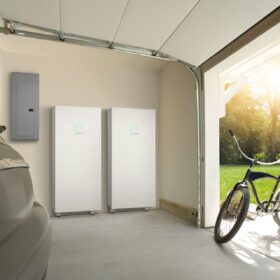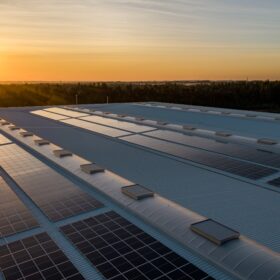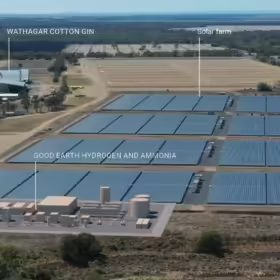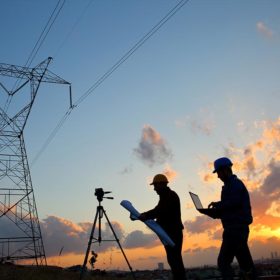Australia lacks interest in EVs, global study finds
A global study has found that Australia lacks interest in EVs, a finding due largely to the impedimental admixture of cost, range anxiety and lack of charging options.
Electricity prices to drop, thanks largely to influx of new renewables
The AEMC’s annual report on electricity price trends predicts the continued fall in electricity prices around Australia. The trend, says the AEMC, is driven in some large part by the influx of renewable energy generation.
Mirvac commits to 100% renewables as RE100 experiences banner year
Mirvac has become the first Australian property company to join RE100, reaffirming its commitment to transition to 100% renewable energy by 2030. Growing by a third with 40% of that growth coming from Asia and the South Pacific, the global initiative which brings together companies committed to sourcing all of their energy from renewables is experiencing its biggest year yet.
Module prices continue to slide
After China’s National Day holiday, demand started picking up at a slow pace, but the anticipated installation rush did not occur as expected, due to land and financing issues, as well as the return of winter. These factors will also delay the timing of more than 6 GW of capacity to the first half of next year. PV InfoLink has thus downwardly revised its estimates for installed capacity in the fourth quarter to 11.3 GW in China and 30 GW globally, bringing this year’s global demand forecast to below 120 GW.
Greentech raises funds for greenhouse gas-to-hydrogen investment, eyes $100m Australian opportunity
California-based Greentech startup ReCarbon, which recycles greenhouse gases by converting them into hydrogen, is targeting a big Australian investment.
Vietnam introduces auction scheme for large-scale PV
With the publication of Notification No. 402/TB-VPCP on Nov. 22, the Vietnamese government has cemented its transition from feed-in tariffs to auctions, in a clear step away from earlier promises to revive the FIT scheme.
Victoria proposes cuts to minimum feed-in tariffs
Victoria’s Essential Services Commission has proposed electricity retailers should offer PV owners the option to choose between a single rate feed-in tariff and a time-varying feed-in tariff, and set lower minimum rates for both.
Marinus Link project firms after positive early reports
Tasmania’s ambitions of becoming the Battery of the Nation improve after early reports on the proposed Marinus Link, a second interconnector between Tasmania and Victoria, show the project’s economic advantages far outweigh expected costs.
Solar PV a great bulwark to summer blackouts, says AEMO
The release of AEMO’s 2019/20 Summer Readiness Report has set the scene for another summer of excessive heat and risk for the grid. However, AEMO has stressed the importance of the influx of solar PV to the grid.
Another Riverina solar project gets go-ahead
The 90 MW West Wyalong Solar Farm has become the latest addition to the swelling solar PV pipeline in the Riverina region having secured the NSW Government’s approval.
